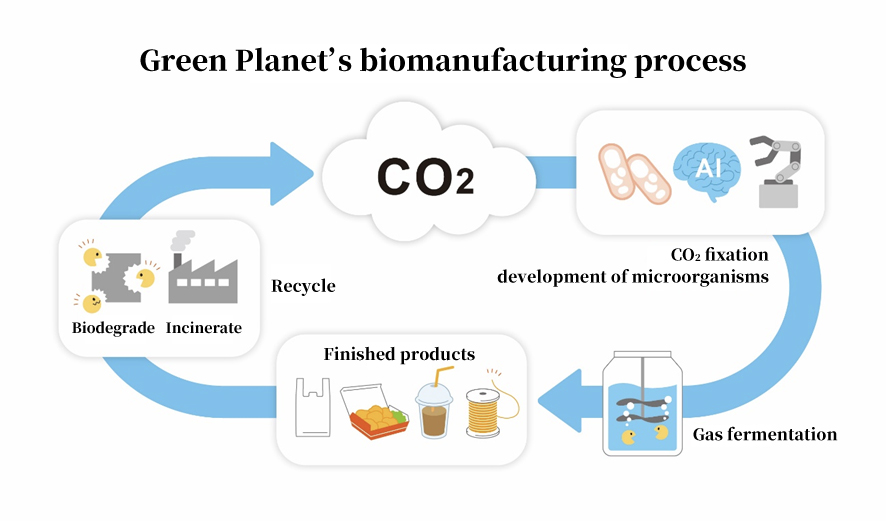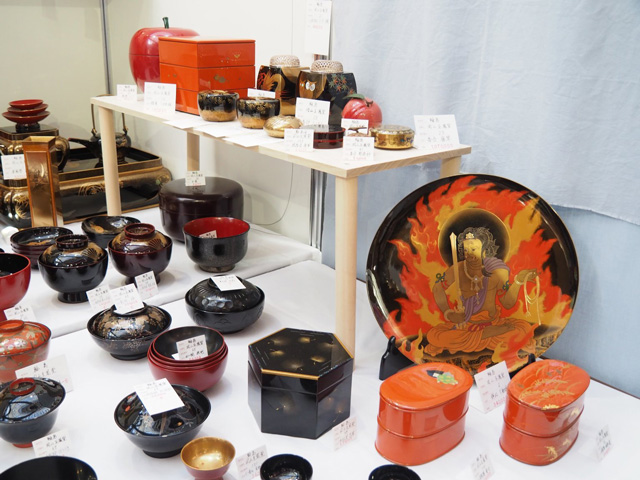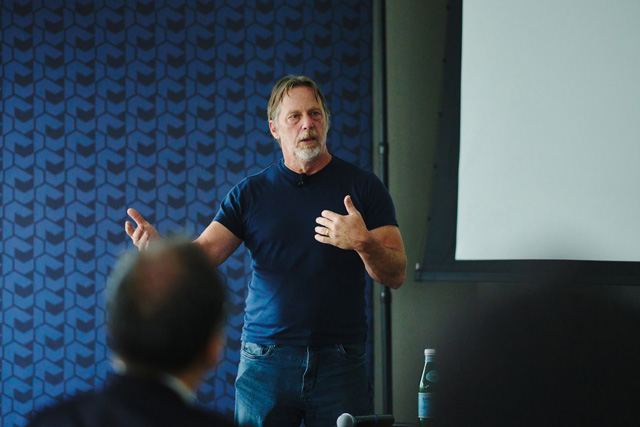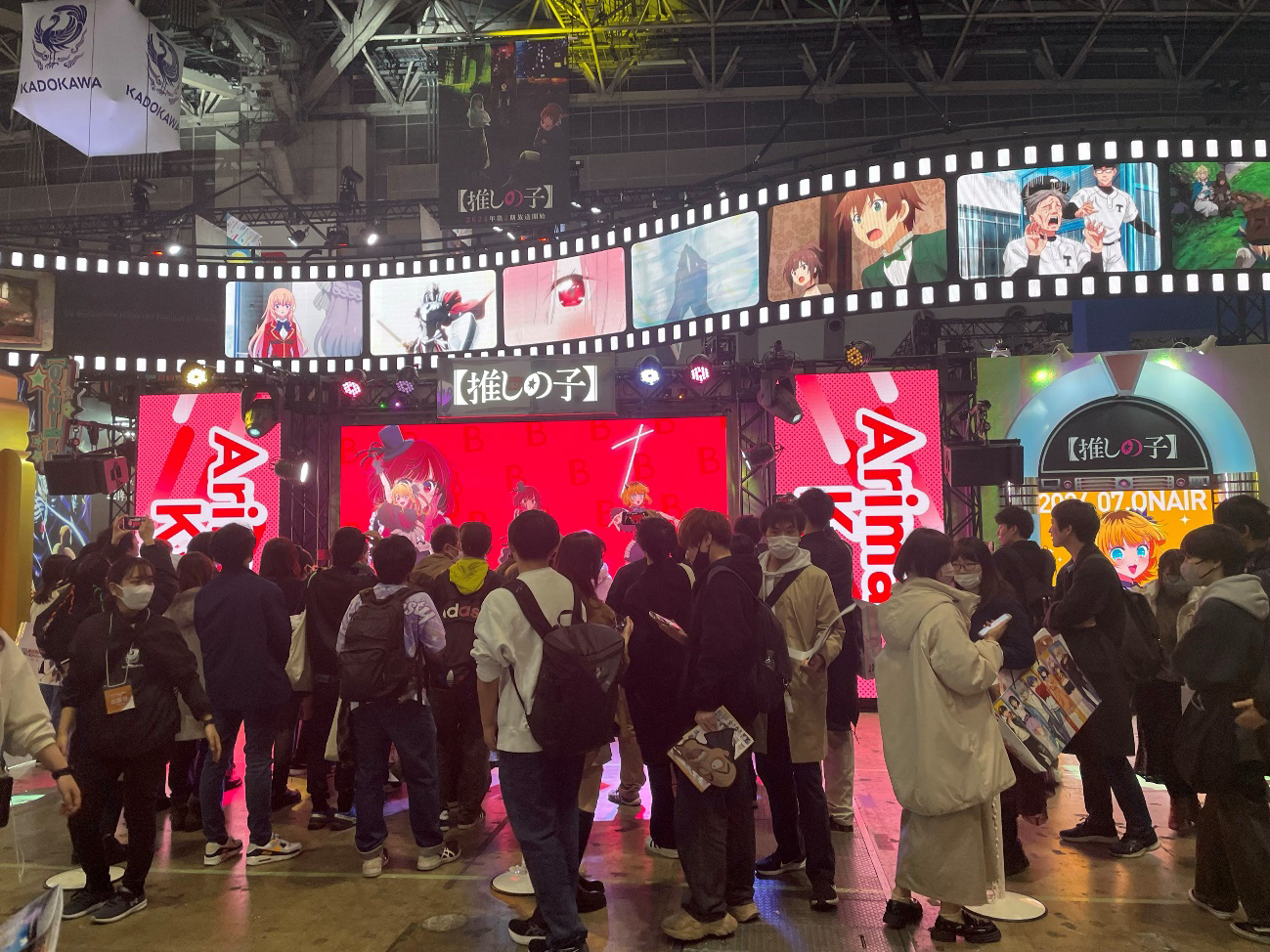Asia is a center of global manufacturing, and the region’s demand for electricity is expected to continue to increase as the region’s manufacturing prominence grows. Despite their
introduction of renewable energy sources, many Asian countries, including Japan, remain dependent for their electricity supply on thermal power generation from coal and gas. In light of
these circumstances, how to advance decarbonization in a pragmatic and steady manner is an important issue for the region. The answer to this challenge resides in green transformation
(GX) technology, the very technology to be showcased at Expo 2025 Osaka, Kansai, Japan (officially, the 2025 Japan World Exposition). The Expo starts in April 2025 and will serve as a
large-scale testing ground for GX technology.
Using GX technology, there are various pathways to achieving carbon neutrality in Asia. Various forms of renewable energy must be introduced, taking into account the varied geography of
this vast region and the need for harmony with local people and communities. Promoting energy efficiency as the ‘first fuel’, moreover, is indispensable. Also essential is the use of
low-emission fuels, specifically natural gas and liquefied natural gas (LNG), during the transition to renewable energy.
Another major premise for achieving carbon neutrality is recognizing the need for diverse approaches in each of the electric power, transport, and industry sectors. This includes the use
of hydrogen; ammonia; biofuels; and carbon dioxide capture, utilization, and storage (CCUS).
Aim simultaneously for stable energy supply, decarbonization, and economic growth
What is demanded of Asian countries is the simultaneous pursuit of three goals: stable energy supply, decarbonization, and economic growth. GX is therefore the answer to the pressing
challenges involved in transforming our societies.
Many GX projects have been launched to date. Deep C Green Energy, for instance, is a Vietnamese power distribution and retail company and renewable energy producer in the Deep C
Industrial Zones in Haiphong. Japan’s TEPCO Power Grid, Inc., began investing in this Vietnamese company in December 2018. Deep C Green Energy seeks to decarbonize the approximately
17-square-kilometer industrial park by supplying green hydrogen and using storage batteries. Its project thus embodies GX in directly contributing to manufacturing industry
decarbonization.
GX technology such as this are fitting exhibits for a world exposition because every exposition introduces futuristic, hitherto unknown technologies. For Expo 2025 Osaka, Kansai, Japan,
such technologies are the tangible realization of its theme: “Designing Future Society for Our Lives.” They provide a vision of a future that does not threaten the environment or life on
our precious planet.
Experience the hydrogen future at Expo 2025 Osaka, Kansai, Japan
Located in Himeji City, Hyogo Prefecture, 100 kilometers to the west of Yumeshima, the site of the Expo, is Kansai Electric Himeji No. 2 Power Station. It will be a source of energy for the more than 1.5-square-kilometer expo venue. The venue will be fully lit up from corner to corner with electricity generated by co-firing hydrogen with natural gas, which emits relatively low carbon dioxide emissions.

The challenge to transition from thermal to hydrogen power generation is under way.
Hydrogen is a zero-emissions energy source. It releases only water when burned. Hydrogen, moreover, bolsters energy security. It can be obtained from diverse sources, from fossil fuel to
renewables, and can be stored and transported. Issues regarding its production cost, bulk transport, and bulk storage are a springboard for innovation and capital demand. Hydrogen thus
is a key future energy source.
Hydrogen’s use extends beyond generating electricity and into propelling transportation. Visitors to the Expo 2025 Osaka, Kansai, Japan can avail themselves of a maritime trip aboard a
hydrogen fuel cell-powered boat developed by Iwatani Corporation. The 40-minute journey will link the expo venue with Nakanoshima in central Osaka via Osaka’s Universal City Port and
will feature views of Osaka, “the Water City.”

The vessel runs on hydrogen. Its trips linking the expo venue with the Osaka urban area.
Visitors also will be surprised to find beverage vending machines at the venue powered by hydrogen. Expo 2025 Osaka, Kansai, Japan is truly a place to experience a carbon-neutral future made possible by hydrogen.
Thin, flexible solar cells are next-generation energy sources
Among the expo’s attractions will be the latest renewable energy technologies that will be so crucial to leading the way in decarbonization. Perovskite solar cells (see photo), a
Japan-original, next-generation technology, will be a particular highlight.
Conventional solar panels are not well suited for installation on factory ceilings or walls because of their weight, rigidity, and limited load capacity. In contrast, perovskite solar
cells are lightweight and flexible and can be installed where electric power generation has been unfeasible until now. They have enormous potential for application in factories and
skyscrapers throughout Asia, furthering the region’s ability to drive global economic growth, and for similar application worldwide.

Perovskite solar cells can be mounted wherever desired, including on the faces of buildings.
The first thing that will catch visitors’ eyes when they step off the shuttle bus to the expo venue is the world’s largest perovskite solar cell array. Installed on the bus terminal, the array spans 250 meters in length. Visitors will also see expo staff with perovskite solar cells on their uniforms for the intended purpose of, among other things, powering their tablets. The day may come when buildings, clothing, and all variety of items throughout the urban landscape become power plants.
The power of microorganisms in biomanufacturing reveal GX’s potential
Specific microorganisms in the soil and the seawater-known as hydrogen-oxidizing bacteria-are being examined as a possible key to developing leading-edge GX technology. The expo’s Japan
Pavilion, presented by the Japanese government, will exhibit products utilizing such technology. Hydrogen-oxidizing bacteria can produce biodegradable polymer using the very carbon
dioxide that is a cause of global warming as a raw material. Amazingly, these bacteria have up to 75 times the carbon sequestration capability of the blue-green algae (cyanobacteria)
that perform oxygenic photosynthesis. Kaneka Corporation, a Japan’s general chemical manufacturer, is researching the use of these microorganisms to develop environmentally friendly
biodegradable polymer.
Whether through illegal dumping or by accident, large amounts of plastic waste makes its way into the oceans and remains there as nonbiodegradable marine pollution. This is a major
environmental problem that could be mitigated if plastic products, such as spoons and forks, were made of biodegradable polymers. Beyond helping to solve the problem of marine pollution,
this original Japanese technology would also contribute to realizing a carbon-neutral society.
Visitors to the Japan Pavilion, meanwhile, will be exposed to diverse “cycles” of leading-edge carbon recycling technologies. The pavilion will strive to impart to guests a new awareness
of that various possibilities that exist for the future of recycling.

In his remarks at the first Asia Zero Emission Community (AZEC) Leaders Meeting in December 2023, American economic analyst and energy expert Dr. Daniel Yergin said the following:
“The energy transition will be complex and will unfold over decades. It cannot proceed if it ignores energy security, affordability, and economic growth. Energy transition must be based
on energy security. Without the foundation of energy security, the energy transition will be more costly, turbulent, contentious, and difficult-and take longer.
“One goal, different pathways...diversity in energy sources and in technologies. That is the true path towards zero emissions in Asia.”
In addition, at the 11th LNG Producer-Consumer Conference in September 2022, Dr. Yergin noted that energy development is essential in South Asia and Southeast Asia. But he added that in
taking on the CO2 emissions issue, each country, while seeking to meet its energy needs, must think about energy security. He also emphasized the imperative for each country to keep in
mind the types of energy to which it has realistic access or that is readily available.
For the countries and regions of Asia and the world, technological breakthroughs that open the way to carbon neutrality by 2050 are crucial to “Designing Future Society for Our Lives.”
The hosts of the Expo 2025 Osaka, Kansai, Japan are working hard to present the possibilities.





